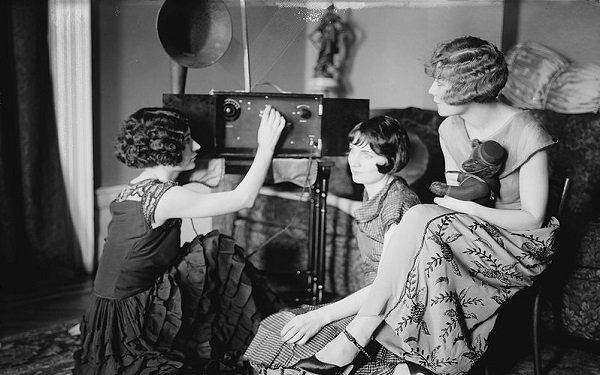
Is pervasive social media the same as
broadcasting? And if it is, can it not be regulated in ways similar to the manner in which broadcasting was regulated back in its infancy?
This is a very complex
issue, and one whose nuances cannot be fully illuminated here in the space allotted.
But they are illuminated in a very thoughtful, lengthy commentary and
history published on thenewatlantis.com by Nicholas Carr, a professor of sociology at Williams College and author of
two books about the internet and modern technology (one of which was Pulitzer-nominated).
A very short version of this piece was published in The Wall
Street Journal last Saturday as part of a multi-story feature package with the umbrella headline “How to Fix Social Media” (also well worth reading).
advertisement
advertisement
At the risk of oversimplifying Carr’s thesis, it comes down to the notion that, in their reach and potential for what one might describe as unfettered, influential power being
concentrated in just a few hands, our social media today are mass media in the same way that the new medium of radio was perceived to be in its infancy in the 1920s (at least potentially).
Carr floats the idea that the distribution and, therefore, the reach of social media is even more pervasive than the over-the-air signals of radio, and then TV networks,
that eventually grew to cover the entire country. Thus, Carr posits, social media is broadcasting in the literal sense.
Back in the 1920s and ’30s, in response to concerns (or possibly fears) about radio and how it might grow in power and influence, two bills were made into law within
a few years of each other that were aimed at building a regulatory framework around this new industry.
These were the Radio Act of 1927 and then the
Communications Act of 1934, which amended the Radio Act and, among other things, established a new agency to oversee the regulation of broadcasting, the Federal Communications Commission.
Anyone reading this TV Blog to this point so far who has any grounding in the history of the FCC’s regulations of broadcasting is already thinking about the
enormous difficulties that would arise if a similar framework of government oversight over Big Social Media was to be attempted.
If laws and regulations were
to be enacted along the same lines as those that were established for broadcasters, then these would likely include holding social media platforms accountable for serving the public interest, giving
equal time to opposing viewpoints and ceasing or avoiding obscene or indecent content (this last one being historically difficult to police and today probably even more so).
Directing broadcasters to adopt these responsibilities was linked to the licenses the government gave them in return for their use of public airwaves whose apportionment
was also regulated by the government.
The penalty for failure to fulfill these obligations was, among other things, the possible loss of those licenses, in
which case the broadcasters’ businesses would cease.
By contrast, it should go without saying, but social media companies are not licensed in that way
by the United States government.
So how is social media today like the broadcasting of yesteryear? Here is
how Carr lays it out on the New Atlantis website:
“Broadcasting is not grain storage,” he
writes. “Because it deals in the intangible goods that shape the public mind -- ideas and opinions, facts and fabrications -- it is inherently political.
“That broadcasting had a public calling may have been obvious in the 1920s, but the nature of that calling
was not. Without any precedent to draw on, society had to figure out, more or less from scratch, how to accommodate the powerful new technology -- how to tap its many benefits while curbing its
destructive potential.
“It was a complicated, daunting challenge, requiring that the interests of the ‘community at large’ be balanced not
just against the interests of private businesses but also against the interests of individuals, including the right to freedom of expression.”
And here’s the rub:
“If that sounds uncomfortably familiar, it’s because we now face a similar balancing act as we struggle to accommodate social media,” he continues. “The way the country met the
challenge a hundred years ago, haltingly but effectively, holds important lessons for us today."